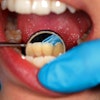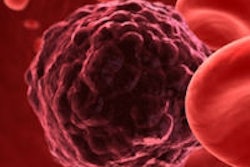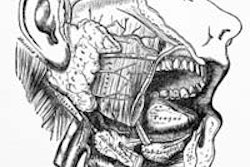Researchers have identified two biomarkers that may predict the effectiveness of radiation treatments for patients with head and neck cancer (HNC), according to a new study in the European Journal of Cancer (February 3, 2014, Vol. 50:3, pp. 570-581).
An international team of researchers followed two groups of patients with head and neck squamous cell carcinoma (HNSCC). In the first group of 38 patients, researchers screened 18,000 genes and identified five distinct markers. The second group was larger with 86 patients and confirmed the findings, particularly two biomarkers. The two markers were good at predicting patients' poor response to radiation therapy.
Radiation therapy is commonly used to treat patients with HNSCC; however, it is not always well-tolerated. It can take two months and result in extensive side effects, noted lead researcher Jan Akervall, MD, PhD, of the Head and Neck Cancer Multidisciplinary Clinic at Beaumont Hospital in Royal Oak, MI, and colleauges from University Hospital in Lund, Sweden, and the Van Andel Institute in Grand Rapids, MI.
Patients' biomarkers can shed light on whether their tumors will respond to radiation. If indications are that a tumor will not, physicians can look at other treatment options, saving time, possible risk for complications, and expense, Dr. Akervall said.
Biomarker studies can provide a bridge between emerging molecular information and clinical treatment, according to the study authors. Biomarkers may also lead to personalized treatment, in contrast to current protocol-based medicine.
The biological properties of tumors, as measured in the patient's pretreatment biopsies, may lead to the ability to predict the response to radiation therapy and concurrent chemoradiation, thus allowing for tailored patient-specific treatment strategies, the study authors concluded.
According to the U.S. National Cancer Institute, most cancers of the head and neck usually begin in the squamous cells that line the moist surfaces of the mouth, nose, and throat. Three risk factors identified with HNSCC include tobacco and alcohol use, as well as infection with cancer-causing types of human papillomavirus (HPV).



















